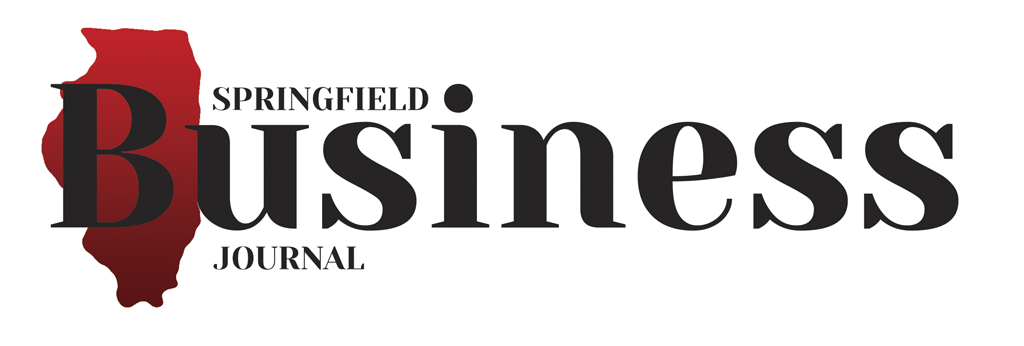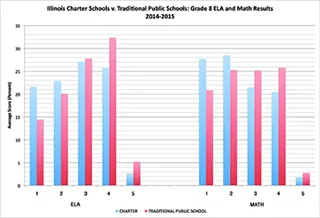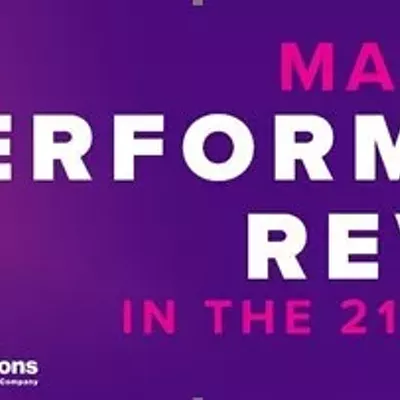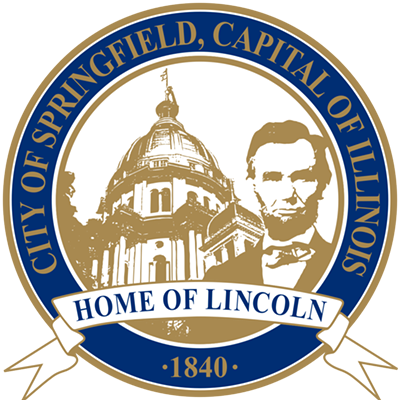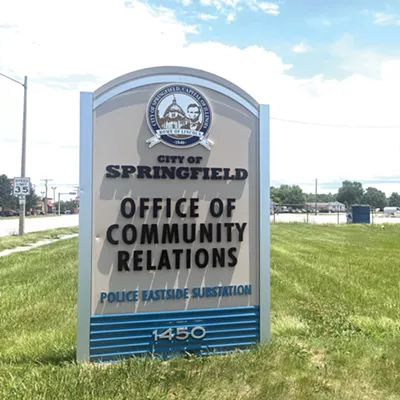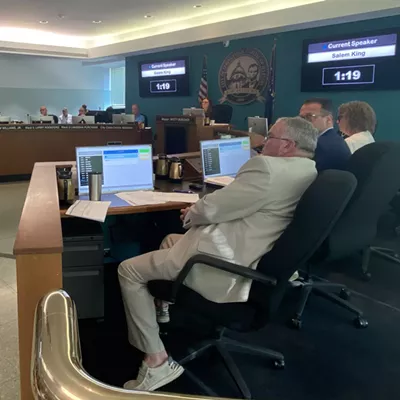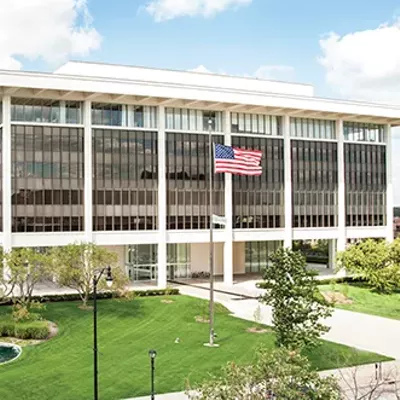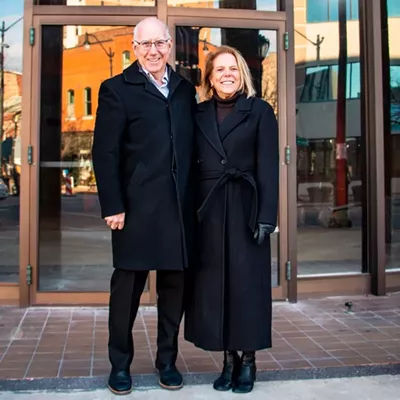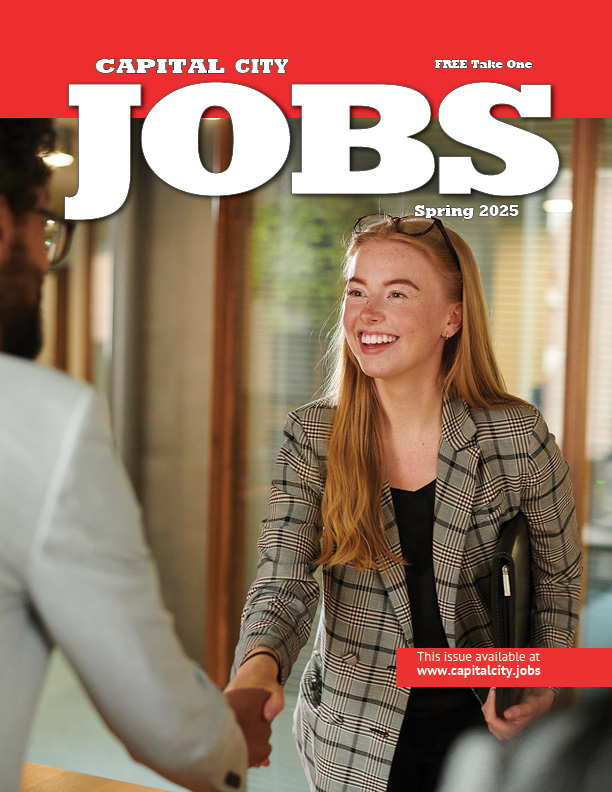By Monica Stabile
A comparison of standardized testing results by the Springfield Business Journal shows traditional public schools outperformed charter schools on average in the 2014-2015 school year.
Meanwhile, charter schools and school choice programs nationwide may see a boost in funding if President Donald Trump’s budget is approved by Congress.
The push to expand school choice for students is more prominent since Trump and U.S. Education Secretary Betsy DeVos, both school choice supporters, stepped into office. Trump has proposed an increase of $1.4 billion for the expansion of school choice in his Fiscal Year 2018 budget, totaling $20 billion. The proposal includes $168 million for charter schools, $250 million for a private school choice program and a $1-billion raise to the Title I grant program that pays school districts to allow students to attend a public school of their choice. Simultaneously, the budget proposal would eliminate 13 percent of funding for the U.S. Department of Education, from $68 billion to $59 billion.
In response to Trump’s budget proposal, Nina Rees, president and CEO of the National Alliance for Public Charter Schools said, “This funding will allow more high-quality charter schools to open, expand, and replicate – and will help finance facilities for charter schools – so that more students have access to the great education they deserve.”
DeVos, a billionaire and former lobbyist for school choice, has yet to specify her plans for the school choice program.
Charter schools are publicly funded, but they are privately operated by nonprofit organizations and don’t have as many regulations as traditional public schools. Charters may enroll students who live outside district boundaries and are tuition-free. Charters in Illinois are typically issued a five-year contract with a local school district or by the State Charter School Commission, and renewal is based on how well the charter performs academically.
In Illinois, there are 143 charter school campuses with the majority authorized by Chicago Public Schools. There are an additional 11 charters operated by school districts in greater Illinois and eight charters that are operated by the state commission, a team appointed by the Illinois State Board of Education. Charter schools have been active in Illinois since 1996.
The Springfield Business Journal analyzed Illinois student’s performance levels on the 2014-2015 Partnership for Assessment of Readiness for College and Careers’ state exam, or PARCC, which tests students in grades three through eight to gauge their math and reading skills in preparation for college.
The PARCC exam uses five levels to evaluate students’ test scores. Level one means students did not meet expectations, while level five means students exceeded expectations.
The averages of the 2014-2015 reading and math PARCC scores show that traditional public schools produced a higher percentage of students in levels four and five – the most favorable categories – from third to eighth grade compared to their charter school counterparts. State data shows that 97.5 percent of students during the 2014-2015 school year completed the PARCC exam. Shortly before publication, ISBE released the 2015-2016 PARCC data showing the latest school performance results.
“They [charter schools] claim they have higher graduation rates and college acceptance rates,” said Cinda Klickna, president of the Illinois Education Association. “There’s no proof that kids learn better in charter schools.”
According to a 2016 ISBE report, the statewide 2015 graduation rate among charter school students was 64.7 percent, lagging behind the 86.4 percent of traditional public school students who graduated that same year.
In Chicago, there are more charter school students enrolling into college than non-selective enrollment high school students. During the 2014-2015 school year in Chicago, 72 percent of charter school graduates enrolled into college, compared to 52 percent of non-selective high school students.
However, charter schools are not obligated to keep low-performing students and have the authority to dismiss students from their school, whereas traditional public schools are obligated to keep all students, regardless of their academic performance.
Illinois funds its public schools through local, state and federal dollars. Local support primarily comes from property taxes. Funding for charter schools in Illinois is determined by the authorizer or the state. If a school district is the authorizer, revenue from local property taxes is diverted from the traditional public school to the charter school the student attends.
Charter schools in Illinois can receive 75 to 125 percent funding from their authorizers in comparison to other schools in the same district. Charters run by the state commission receive 97 to 100 percent funding.
Funding varies for charter schools authorized by Chicago Public Schools, ranging between 75 to 125 percent, explained Pam Witmer, a senior manager of policy at the Illinois Network of Charter Schools.
“All of the charter schools that are authorized by the commission are [funded] at 100 percent,” she said. Charter schools authorized by the commission receive funding solely from the state, originating from General State Aid. This funding system results in the district’s ability to keep the property taxes generated by parents who send their children to charters.
However, ISBE is required to withhold funding from the host district’s state aid in order to make payments to state-authorized charters. Student attendance is also taken into consideration when calculating funding for charter schools.
Charter school supporters advocate the benefit of having more school options for parents beyond a district’s public schools.
According to a 2015 survey of Illinois voters, 75 percent of respondents approved of providing parents with more school choices, along with 49 percent who explicitly supported charter schools.
There were 62,055 charter school students statewide in the 2014-2015 school year, with just over 3 percent of public school students enrolled in charter schools, according to an ISBE report. The number of charter school students grew to 63,862 during the 2015-2016 school year.
Klickna said that it’s important to understand the problems in education, which include inadequate state funding, support and understanding of what services students need to succeed. She said Springfield Ball Charter School is considered a good example of a charter school.
“The IEA is not opposed to charter schools,” she said. “Every program might be different and there might be some good charter schools, but there are also good public schools.”
Many charter schools are not bound by union contracts. Yet Illinois is one of the few states that allow charter schools to unionize. Springfield Ball Charter School, established in 1998, has been unionized since 2004.
More charter schools in Chicago have recently called for unionization. The Noble Network of Charter Schools made public their intention of unionizing their 18 campuses, and ASPIRA Community Charter School teachers almost went on strike before obtaining a contract extension with a salary raise. Out of the 125 charter school campuses in Chicago, only 32 charter schools are unionized.
An expansion of school choice on the federal level is nothing new; increased funding for the charter school program is included in the Every Student Succeeds Act, an education law enacted under former President Barack Obama that replaced No Child Left Behind. Still, the increased emphasis on charter schools under Trump and DeVos has some educators concerned.
“I think she has a lot to learn,” Klickna said of DeVos. “If she came to Illinois, we would show her a lot of schools that are doing great things that she doesn’t have a clue about. … I think she has a huge learning curve.”
